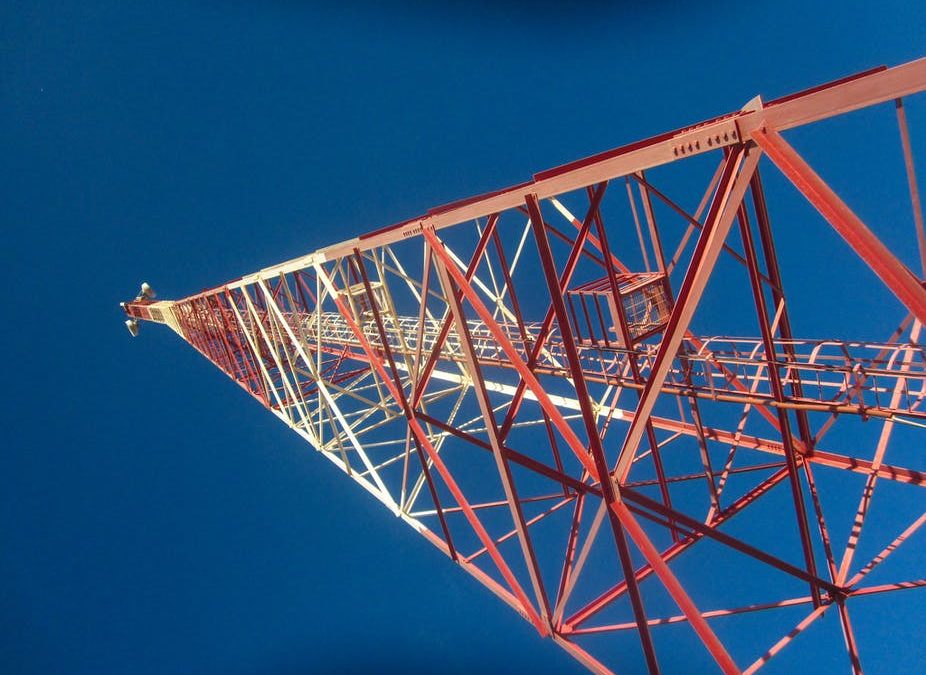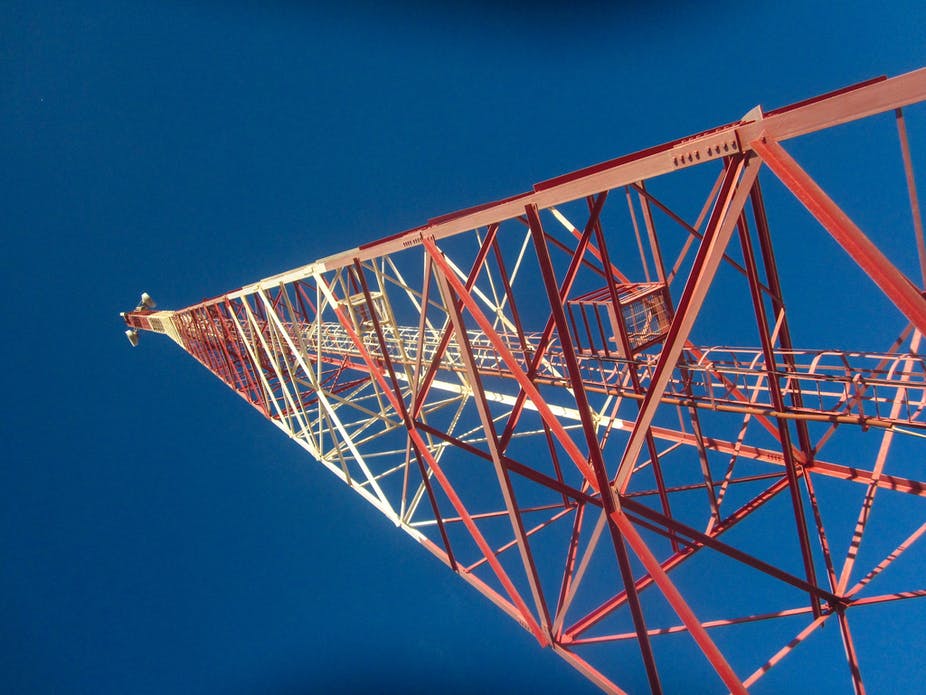How mobile phone towers could help monitor rainfall in developing countries
Research findings from the 2019 Inspire Challenge project, “Using commercial microwave links to to estimate rainfalls,” suggest that farmers will benefit from more accurate crop yield monitoring.
Many developing economies suffer from a lack of reliable rainfall measurements due to a lack of funds and a shortage of equipment – such as gauges and radars. Even if countries are equipped with these monitoring instruments, they all have limitations.
Rain gauges, meteorological instruments that collect falling water drops, only provide a very local observation. However, the intensity of rainfall can be completely different from one location to another, sometimes even if it’s less than a few hundreds of metres away.
Radars use radio waves to get precipitation estimates but they may not always be efficient. For example, their beams might get blocked in mountainous regions.
Earth-observing satellites can also provide estimates of rain. These are made from space, using remote sensors. However, the spatial images are coarse, making it hard to analyse rainfall distribution across small areas on the ground.
These constraints pose problems when it comes to monitoring crop yields because many smallholder farmers in developing economies rely on rain-fed agriculture.
Accurate precipitation measurements are essential to farmers. For example, for prevention of over irrigation – this would lead to water saving and more efficient use of fertilisers. Accurate measurements are also desirable for rainfall-based insurance, an important resource to mitigate risk for farmers in developing countries.
In our research venture, we use commercial microwave links – wireless connections between mobile phone towers – from different locations in the world, as an effective low-cost way to estimate rainfall. This adds to previous studies which have shown the same.
However, most of the academic work done so far has been conducted in developed countries pointing mainly to hydro-meteorological applications such as flood prediction.
Our initiative focuses on developing this approach for agricultural needs in developing economies.
Click here to read the full article originally published by The Conversation.
Click here to learn more about the research, a 2019 Inspire Challenge project led by the the International Food Policy Research Institute (IFPRI), Cornell University, and AtmosCell.
April 20, 2020
Noam David, H. Oliver Gao, and Yanyan Liu
Latest news






